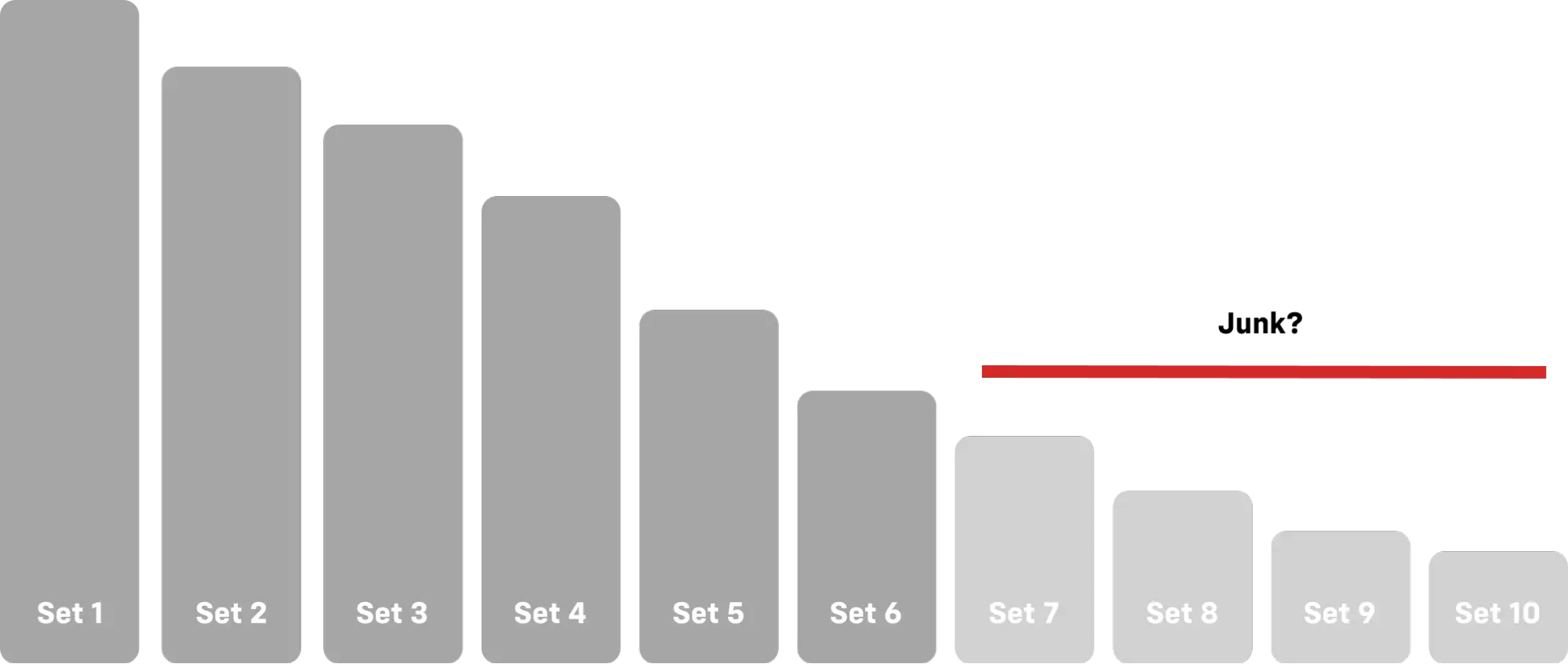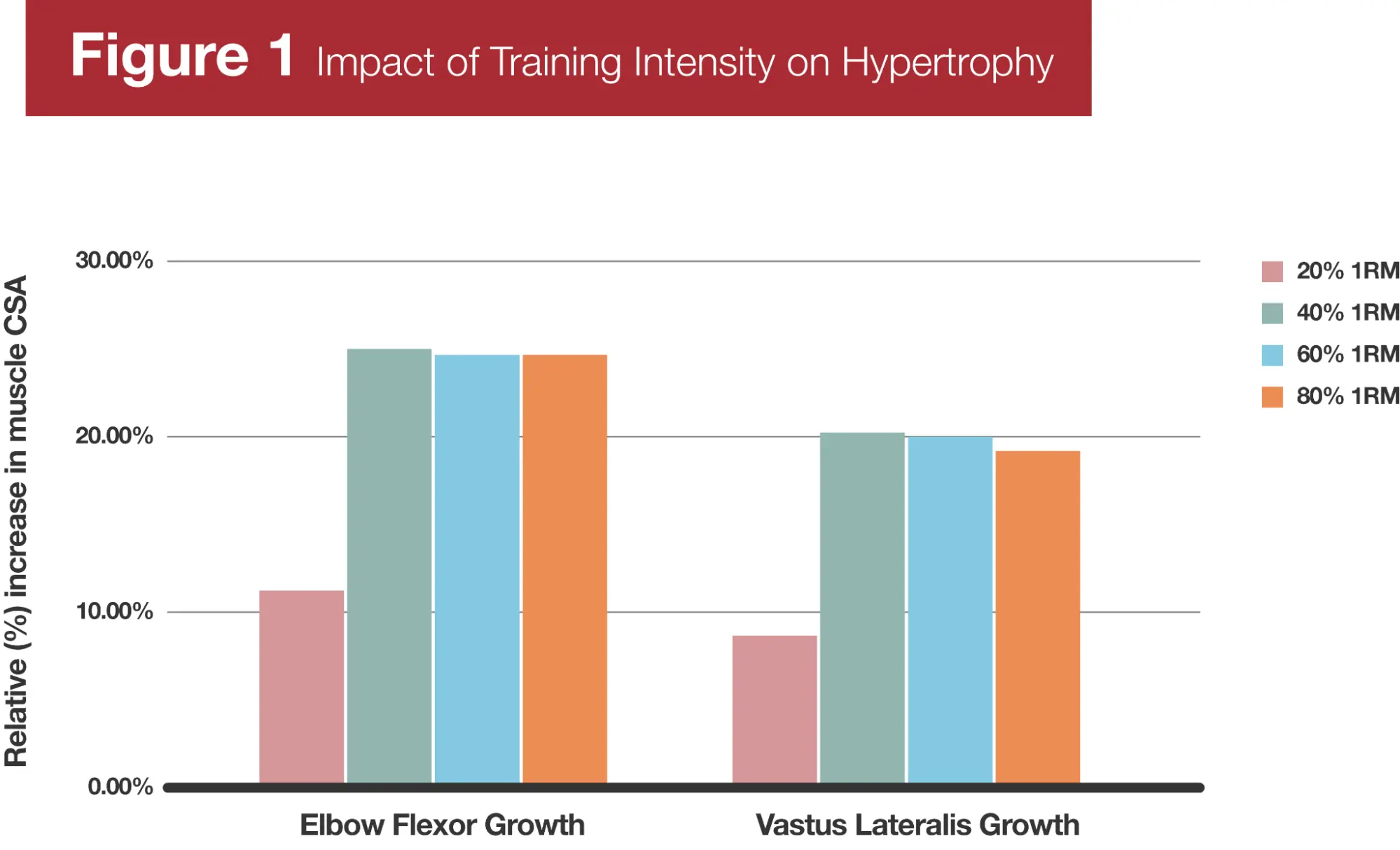What is Junk Volume and Why You Need to Avoid it
You may be wasting valuable time performing sets that provide little to no benefit

A common way for measuring progress in the gym is by tracking how much weight you can lift. Each week, we track how many sets, reps and weight (or volume) we can lift to make sure we are getting stronger. The relationship with weight and strength seems pretty intuitive, however, there is a point at which this volume provides little benefit to our strength. This can be referred to as junk volume.
There are a few common mistakes lifters adopt that lead to junk volume:
Excessive Volume
One contributor to junky volume is dedicating too many sets to one muscle in a single workout. If you show up and perform 10 sets of bench press at some your effectiveness will start to diminish due to fatigue. Your last set simply is not the same as your first. Essentially your effective effort towards your sets look something closer to this.

As you progress up your set count there is a point at which your return per set diminish. But at what point does it diminish? 10, 20, 30?
If you look at the James Krieger Meta-analysis, the data would suggest that, with long rest intervals, gains level off or maybe even regress beyond an average of 6-8 sets per muscle group per training session.

The study does indicate that individual performance will deviate substantially, so as you create your workouts you will want to adjust accordingly. Your curve may look differently. Nevertheless, on average after 6-8 sets you will on average see your effectiveness taper off.
Gains level off or maybe even regress beyond an average of 6-8 sets per muscle group per training session.
Also, this specifically talks about daily volume per session. Therefore if you are hitting one muscle group per workout you want to think about adjusting your workout plan and spread out those sets throughout the week. For example, on a traditional bro split you might be hitting 20 sets for chest on Monday with half being junk.
Whereas if you split this up throughout the week and do 10 sets on Monday and the other 10 on Thursday you will reduce the amount of junk volume but will still be performing the same amount of lifts.
Easy Sets
A lot of training can also fall into the junk category due to not training hard enough. If you are leaving “reps in the tank” eg. you perform 5 reps, but could easily do 10 more, you may not be getting any benefit because your muscles are not being stressed enough.
In this study participants were asked to pick a weight they would normally do 10 reps for on a bench press, then asked to do as many reps as possible. Here is what they found:
- 22% hit 10-12 reps
- 31% hit 13-15 reps
- 47% hit 16-20 reps
Surprisingly over 47% could almost double the amount of reps they could perform. For optimal growth you are looking to stay closer to the first category with 10-12 reps. Performing 6-10 reps over may result in not stressing your muscles enough and stall your growth.
Ultra High Rep Ranges
Another one to avoid is ultra high rep sets, meaning anything in the 40-50 rep range. Similar to easy sets, high rep sets provide little benefit to progress.
Research shows training too lightly, even when going to failure, has little benefit. The cut off seems to be around 20% of your one rep max.

Growth diminishes beyond 20% of 1RM
Training at these rep ranges you are better off adjusting the weight to increase muscle strength and growth.
If your goal is not muscular endurance, ultra high rep work will create a huge recovery demand for little benefit.